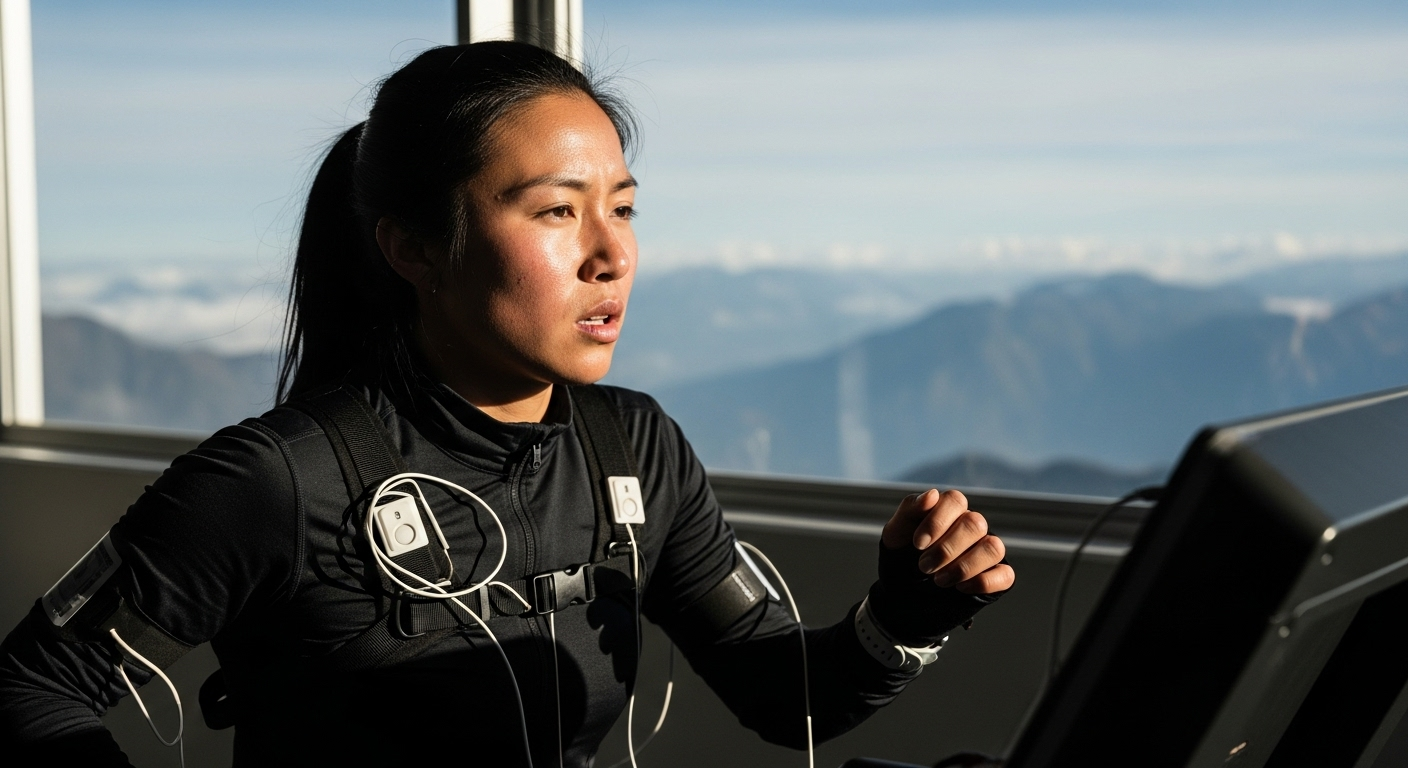Demystifying the Science behind High Altitude Training in Sports
A single breath at a time, athletes push their bodies to the edge, scaling unimaginable heights, all in a quest for superior performance. High altitude training, a practice that once seemed a reserve for elite athletes, is increasingly gaining traction. But what exactly is the science behind this seemingly extreme training regimen, and what makes it so unique?

The Genesis of High Altitude Training
High altitude training dates back to the 1968 Olympic Games held in Mexico City, an area situated at a height of approximately 7,350 feet above sea level. Athletes who lived in high altitude areas seemed to have a distinct advantage over their counterparts from lower elevations, sparking interest in the potential benefits of high altitude training.
Exploring the Science: How Does It Work?
High altitude training operates on the principle of hypoxia, a state where the body is deprived of adequate oxygen supply. At higher elevations, the air is thin, and oxygen levels are significantly lower than at sea level. This stimulates the body to produce more red blood cells, which are responsible for transporting oxygen to the muscles. The result? Enhanced athletic performance.
Current Applications and Trends
High altitude training is widely used today across various sports disciplines, from long-distance running to cycling and swimming. Some athletes even go to the extent of living in simulated high altitude conditions, a practice known as the “Live High Train Low” strategy. This involves residing at high altitudes but training at sea level to achieve the best of both worlds—increased red blood cell production and maximum training intensity.
The Joys and Jolts of High Altitude Training
High altitude training, while beneficial, also presents a unique set of challenges. The initial phase of training can be grueling due to reduced oxygen, leading to fatigue and diminished performance. Moreover, not all athletes respond similarly to high altitude conditions, making it a less universal strategy. However, for those who can adapt, the payoff in terms of increased endurance and performance can be significant.
The Future of High Altitude Training
With advancements in sports science, the future promises even more exciting possibilities for high altitude training. Simulated altitude environments are becoming more sophisticated, allowing athletes to train under precise and controlled conditions. However, the key to success in this avenue of training lies not just in embracing the science but in understanding individual athlete response to high altitude conditions.
High altitude training, a blend of grit, science, and the relentless pursuit of excellence, is a clear testament to the lengths athletes go to push the boundaries of human performance. It’s a reminder that in the realm of sports, the sky is indeed the limit.




